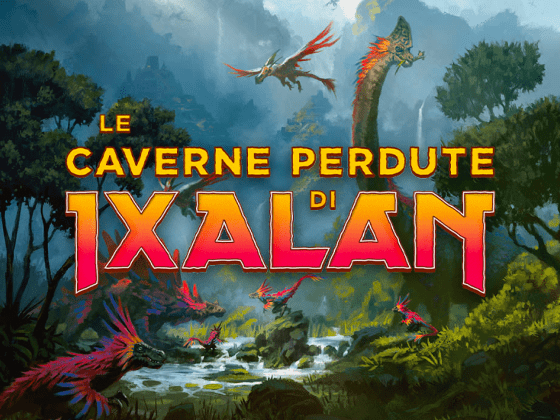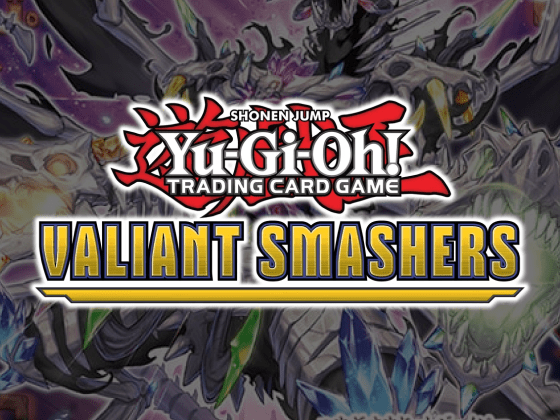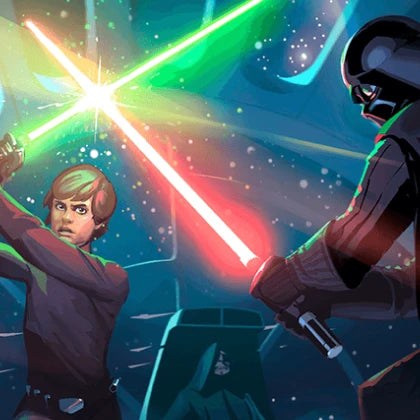Choosing the Right Leader
Choosing a leader is a fundamental step in building a custom deck in the One Piece Card Game . The leader is not just a card; represents the fulcrum around which the entire game strategy is built.
-
Analysis of Available Leaders : First, it is important to analyze the leaders available in the game. Each leader has a unique set of skills and an associated deck color. For example, some leaders may be oriented toward aggressive play, while others may favor defensive or resource management-based strategies.
-
Alignment with Personal Playstyle : Your choice of leader should reflect your personal playstyle. If you prefer a direct and aggressive approach, a leader with offensive skills may be the right choice. Alternatively, if your strategy relies on control and planning, a leader who strengthens defenses or offers tactical advantages may be better suited.
-
Strategic Considerations : In addition to personal preferences, it is important to consider how the leader fits into the overall strategy you want to follow. This includes evaluating synergies between the leader and potentially useful cards in your deck, as well as adaptability to the strategies of opponents you may encounter.
-
Practical Examples : Let's make some practical examples. Let's take a leader like "Luffy", known for his versatility and ability to adapt to different game situations. Another example would be a leader who specializes in a particular tactic, such as controlling the playing field or accumulating resources.
Card Selection
Choosing cards for your deck in One Piece Card Game is as strategic as it is creative. This phase requires you to balance abilities, costs, and synergies to create a harmonious and competitive deck.
-
Understanding Card Types : The game offers several card types, including character, action, and support cards. Each type has a specific role: character cards are essential for attacks, action cards offer strategic maneuvers, and support cards enhance your other cards.
-
Synergies with the Leader : After choosing the leader, it is essential to select cards that enhance his abilities. For example, if your leader excels at offense, choose character cards with high offensive potential or action cards that further enhance attack.
-
Balance in Decks : A well-balanced deck can deal with various game situations. Include a combination of cards for attack, defense and field control. Don't overlook the importance of support cards which can be decisive in critical phases of the game.
-
Specific Card Examples and Analysis : We provide some examples of popular cards and how they can be integrated into different types of decks. For example, a card with high cost and destructive potential can be balanced by cards that reduce its cost or speed up its play.
Balance and Synergy
An effective deck in the One Piece Card Game is a balance of strength and flexibility, with cards that work in harmony for a winning strategy.
-
Balance between Offensive and Defensive : It is crucial to have a mix of offensive and defensive cards. Offensive cards are vital for putting pressure on your opponent, while defensive cards protect your leader and give you time to build your strategy.
-
Card Synergies : Look for combinations of cards that enhance each other. For example, a card that deals damage can be combined with another that uses that damage to activate additional effects. Analyze the cards to find these hidden connections.
-
Adaptability and Game Control : Include cards in your deck that allow you to adapt to different situations. Cards that allow you to draw or trade cards give you more options and control over the game.
-
Examples of Effective Synergies : We provide specific examples of synergies. For example, a card that allows you to recover cards from the graveyard can be combined with cards with powerful one-time effects, allowing you to use them multiple times.
Deck Testing and Modifications
The testing phase is crucial to refine the deck and maximize its effectiveness in the game.
-
Testing the Deck in Different Situations : It is important to test the deck in a variety of game scenarios. Play against different opponents and deck styles to see how your deck performs under pressure and in unexpected situations.
-
Analyze the Results : After each game, take the time to reflect on the deck's strengths and weaknesses. Consider which cards were most effective and which did not have the desired impact.
-
Make Strategic Changes : Based on test results, make targeted changes. This could mean replacing some cards, changing the balance between attack and defense, or adding new cards to address specific weaknesses.
-
Continuous Iteration : Deck building is an iterative process. Continue testing and modifying your deck, adapting it to new strategies you encounter and new cards that become available.
Final Advice
Building a deck in the One Piece Card Game is as personal as it is a strategic journey.
-
Experimentation and Creativity : Don't be afraid to experiment with different card combinations. Creativity can lead to discovering innovative and unexpected strategies.
-
Stay Updated : The world of One Piece Card Game is constantly evolving. Stay up to date on new card releases and changes in the game meta, so you can adapt your deck to new challenges.
-
Share and Learn from the Community : Participate in the gaming community. Exchanging ideas, strategies and experiences can offer new perspectives and useful advice.
-
Have Fun : Remember that fun is at the heart of the game. Enjoy the process of building your deck and the games you'll play with it.
Through these tips, we hope we've given you the tools and inspiration to create custom decks that are not only competitive, but also reflect your unique playstyle in the One Piece Card Game. Start creating your deck now and immerse yourself in exciting games with friends.








